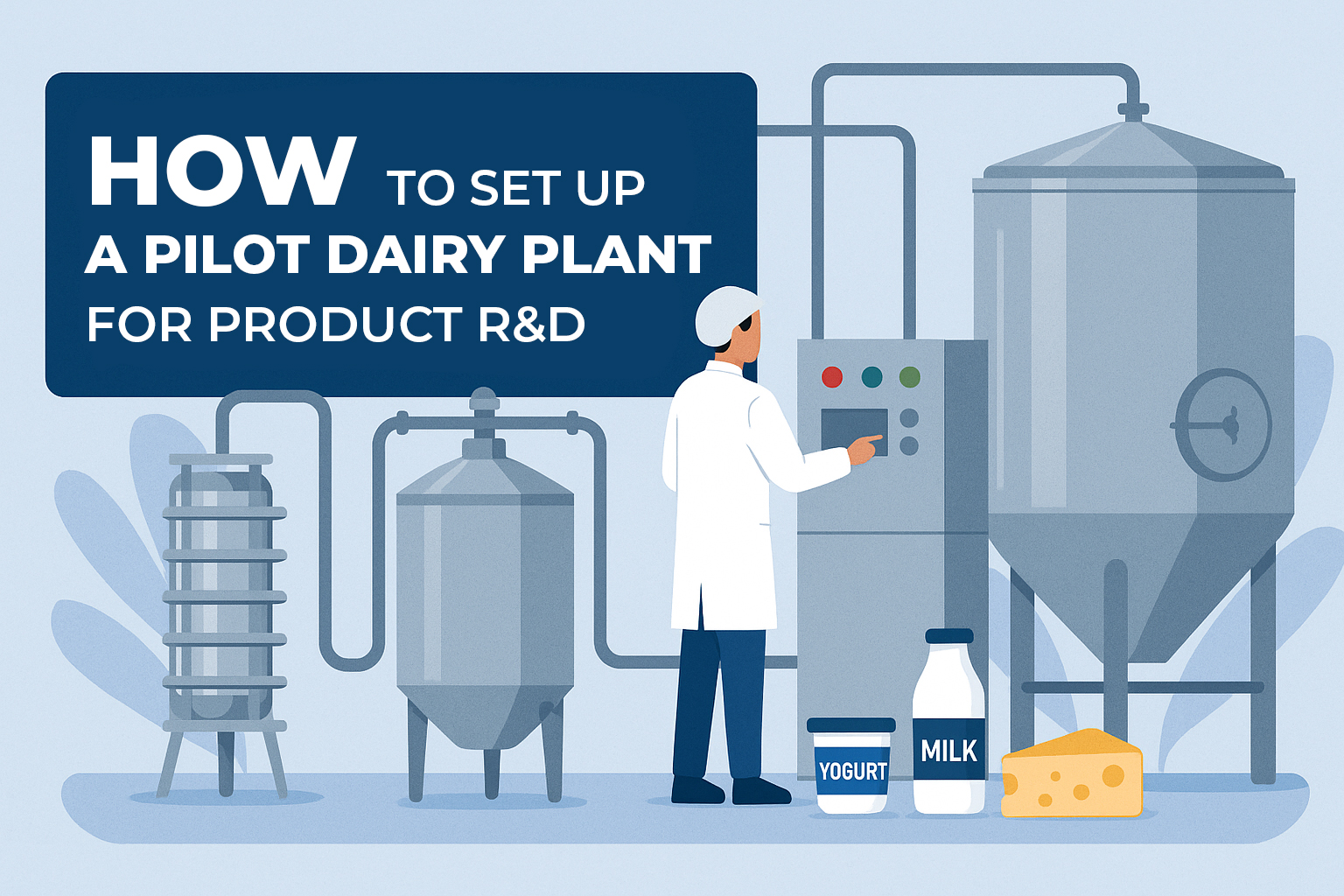30 May 2023
Honey processing aided by Goma’s proficiency

In the Honey processing plant?
Honey is a natural product produced by honeybees and consists of a very concentrated solution of a complex mixture of sugars, in which fructose and glucose are the main ingredients.
These sugary secretions of plants are gathered by the bees through regurgitation, enzymatic activity, and water evaporation.
They are stored in wax structures called honeycombs. In short, it is the natural sweet substance produced by honeybees from the nectar of flowers.
Honey is commonly consumed in its unprocessed state i.e. in the liquid, crystallized state, or directly from the comb. In these forms, it is taken as medicine, eaten as food, or incorporated as an ingredient in various food recipes.
Honey adds great flavor to various food recipes too. There was a considerable demand for the honey and its products.
However, the demand for honey and its products has only increased over the period. If the processed honey and other products are packed properly, they can be exported too.
Honey is the only food that lasts up to a thousand years. However, the water content present in honey is a deciding factor in its shelf life.
Raw honey is said to have 20% of water content. Honey is hygroscopic and therefore absorbs moisture from the atmosphere.
If the moisture content present in honey increases to more than 20%, its chances of fermentation or spoilage are higher.
This is when the importance of vacuum evaporation comes into the picture. Vacuum Evaporation plays a major role in deciding the quality and the keeping ability.
The following steps are usually carried out while processing Honey in an Industrial plant.
Liquefication of Honey.
This is the process of melting crystallized honey. The melting room is heated at 45 degrees Celsius and provided with sloping racks on which the honey drums are placed.
In this situation the melting proceeds in two stages. In the first stage, the semi-liquid honey warmed in the pre-melting room is left to flow into a double-jacketed tank placed beneath it.
Secondly, the further heating of honey is by circulating hot water between the two walls of the tank, while honey is mixed by the agitator with which the tank is equipped.
Preheating; Initial Straining.
The raw honey is to be heated first at 40-45°C for 30 min. This requires constant stirring to make homogeneous honey, stirring at a rate of 50 RPM.
It is then filtered through 80-100 mesh (40-50 microns). This is done to separate solid wax particles, honey processing plants, pollen grains, and other foreign materials.
The pressure should not exceed 1.5 kg/cm2 during filtration, to avoid the chances of air being mixed with honey.
Microfiltration
This is done to carry out the rejection of enzymes and elimination of yeast cells from the honey.
It eliminates microorganisms whilst retaining nutritional factors in the honey.
Vacuumed Evaporation
Honey is then heated to the required temperature for a specific period and then passed into a falling film evaporator.
This vacuum is simultaneously applied to boil the water in honey at a lower temperature so that moisture can be collected separately. This procedure also helps in destroying yeasts.
Cooling & Packing
The temperature of honey should be maintained between 60 -65°C for 20 or 15 min respectively.
The honey is then taken into a cooling tank or settling tank to maintain at 25°- 30°C. Goma Engineering has an exclusive range of cup-filling machines and cup-sealing machines that aid in the process of efficient honey packing.
Also, Nowadays the concept of homogenization is growing by the day.
This increases the demand for excellent high-pressure homogenizers, which aid in commercial production to improve the consistency and smoothness of the product.
What We Offer.
Goma Process Technologies Pvt. Ltd offers customized Turnkey plant Solutions for honey processing lines to suit the requirements of different segments of customers from large-scale and small-scale industries.
We provide our customers with everything from the complete design of the process line as per specific requirements to installation, testing, and a trial run of the plant.

